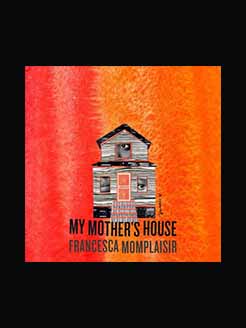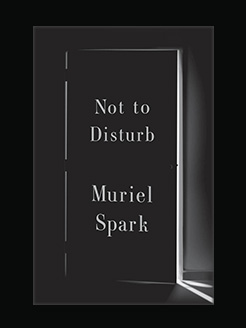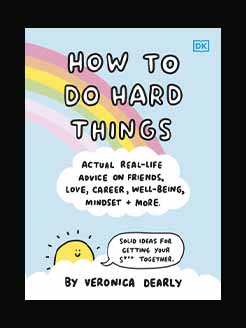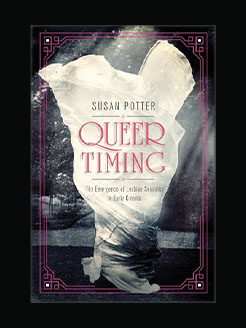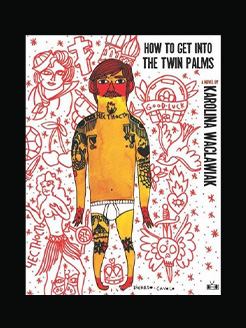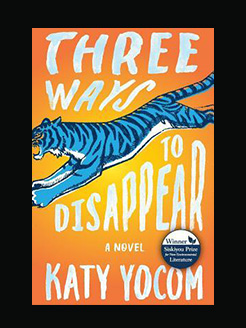Published in 2025 (first published 1928)
320 pages
Jessie Redmon Fauset was an American editor, poet, essayist and novelist.
Fauset was born in Fredericksville, an all-black hamlet in Camden County, New Jersey, also known as Free Haven (now incorporated into the borough of Lawnside, New Jersey). She was the daughter of Anna “Annie” Seamon and Redmon Fauset, a Presbyterian minister. Her mother died when she was still a young girl. Her father remarried Bella Huff (a white woman), and they had three children, including civil rights activist and folklorist Arthur Fauset (1899–1983).
Fauset attended Philadelphia High School for girls, and graduated as the only African American in her class. After high school Fauset graduated from Cornell University in 1905, and is believed to be the second black woman elected to Phi Beta Kappa. She later received her M.A. in French from the University of Pennsylvania. Fauset came to the NAACP’s journal, The Crisis, in 1912. From 1919 to 1926 she served as the literary editor of The Crisis under W. E. B. Du Bois. Eventually 58 of her 77 published works first appeared in the journal’s pages. She is the author of four novels, There Is Confusion (1924), Plum Bun (1928), The Chinaberry Tree: A Novel of American Life (1931), and Comedy, American Style (1933). She is an honorary member of Delta Sigma Theta.
Fauset worked as a schoolteacher for many years and retired from teaching in 1944. She died in 1961 from heart failure.
What is this book about?
For readers of The Vanishing Half, a hidden gem from the Harlem Renaissance about a young Black woman’s journey toward self-acceptance while passing as white in 1920s New York City.
Originally published in 1929 at the height of the Harlem Renaissance, Plum Bun is the story of Angela Murray, a young Black woman of mixed heritage who uses the advantages of her lighter skin to escaper her own life. Beginning with a childhood in her Black middle class Philadelphia neighborhood, Angela dreams of being a renowned painter. She believes she will only achieve this through whiteness and being a part of white society. Bestowed with the light skin of her mother, while her sister Virginia’s darker complexion resembles that of their father’s, Angela refuses to accept a life dictated by the limitations that come with her race and gender.
Leaving behind her family and identity, Angela escapes to a roaring New York City where she befriends the art elites and presents herself as a white woman. Thrust into a world of seduction, betrayal, love, lust, and heartbreak, Angela soon discovers that to find true fulfillment within herself, she must accept and embrace her own identity—both her race and gender. Written with meticulous care and appreciation for the complicated nature of her characters, while also highlighting the beauty of every day Black life, Jessie Redmon Fauset’s Plum Bun raises important questions to inspire new readers.

